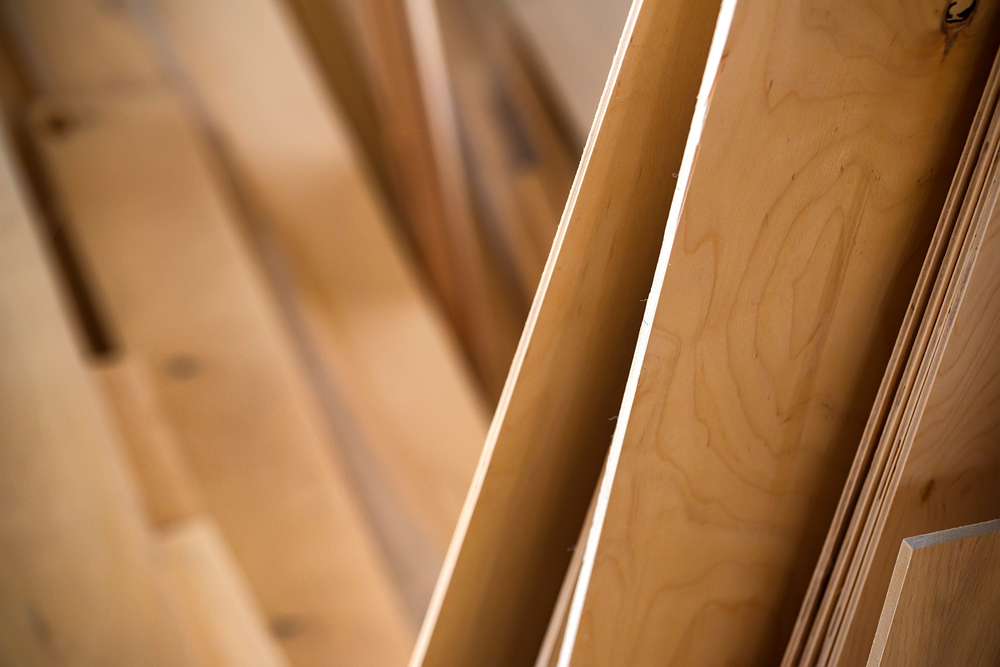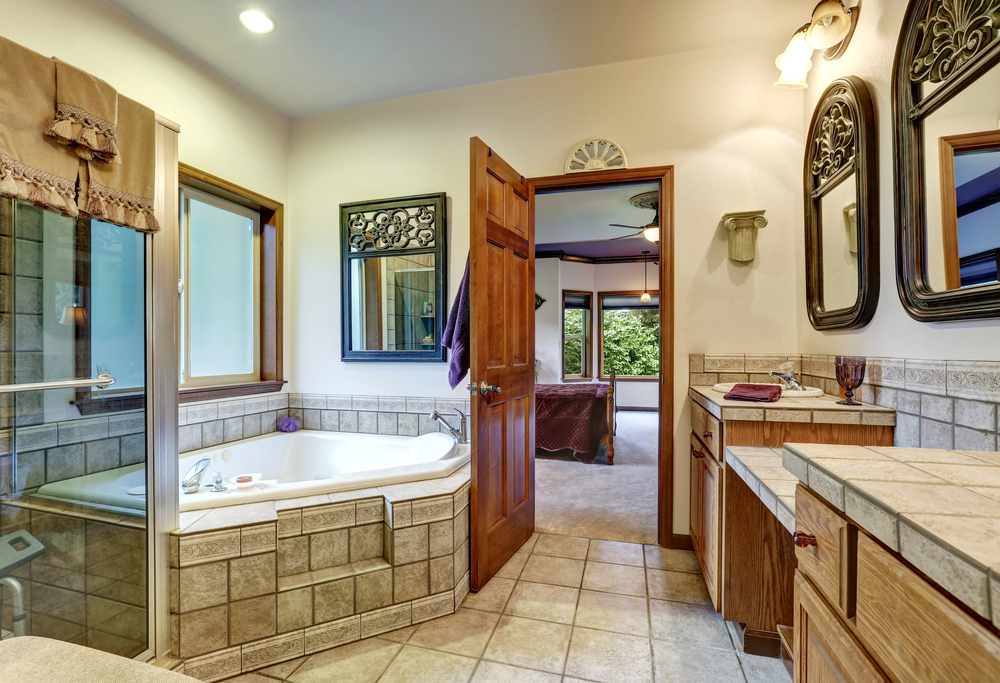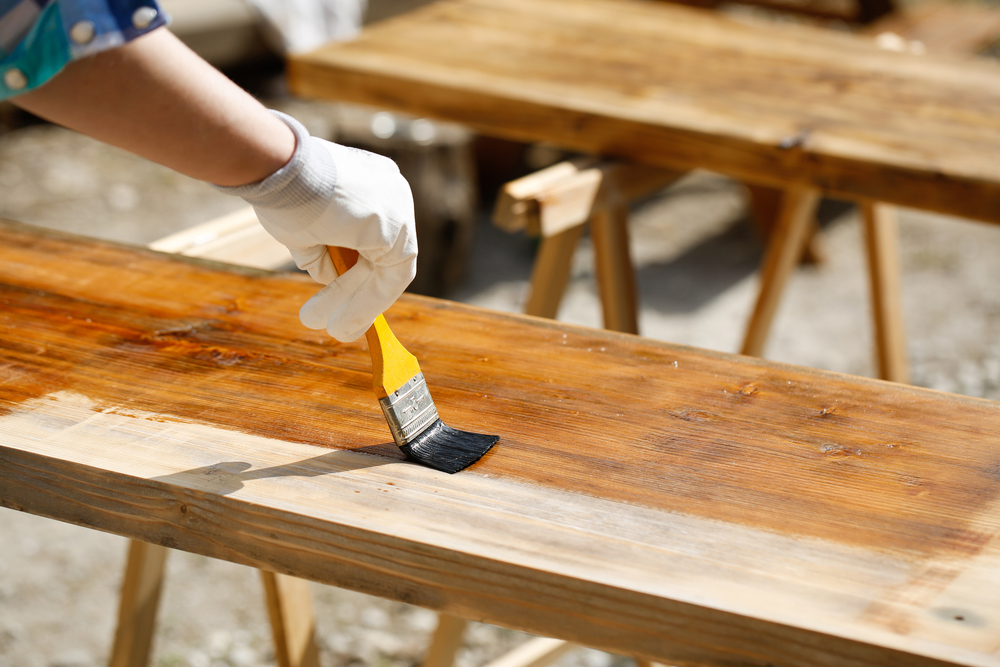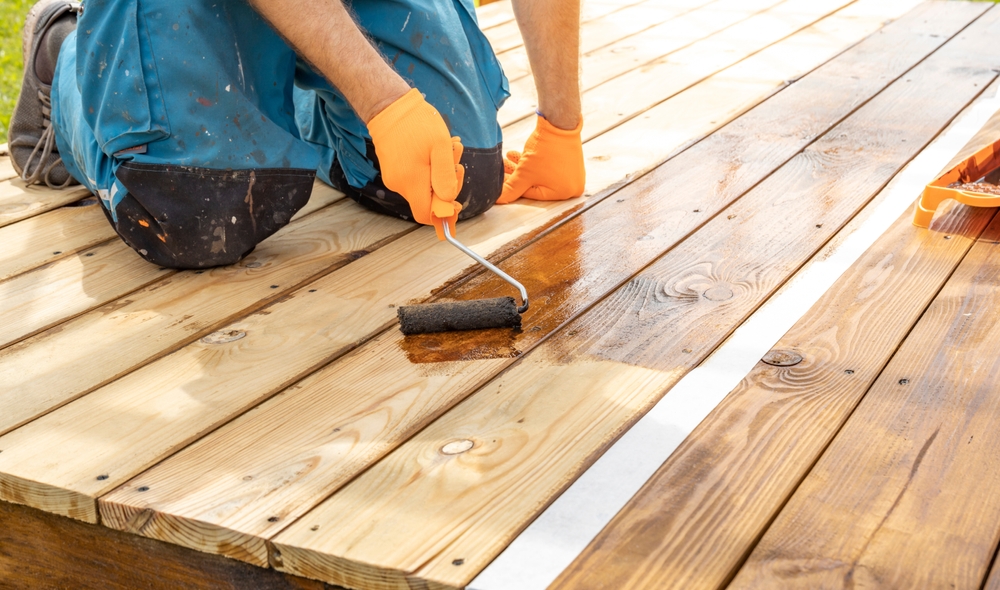Steps for Painting Treated Wood Successfully! Prep, prime, and paint for a durable finish. Avoid mistakes and protect your wood projects for years to come!

Understanding Painting Treated Wood
Treated wood has undergone a process involving chemicals to enhance its durability. It is commonly used for outdoor projects such as decks, fences, and playgrounds. The treatment helps protect against moisture, insects, and decay. While it’s known for these protective qualities, many wonder if it can be painted.
The Types of Treated Wood
There are different types of treated wood, each with unique characteristics. The most common treatments are pressure-treated, waterborne-treated, and oil-borne-treated wood. Pressure-treated wood is infused with chemical preservatives under high pressure, making it resistant to rot and insects. Waterborne-treated wood uses water as a carrier, often resulting in a lighter color. Oil-borne-treated wood, on the other hand, may include oil-based preservatives.
Why Painting Treated Wood Requires Care

Painting treated wood requires careful preparation. The chemicals used in the treatment process can affect how paint adheres to the surface. Newly treated wood often carries moisture from the treatment process. Painting too soon can lead to poor adhesion and eventual peeling or flaking. Waiting for the wood to dry is key.
How to Test Moisture Content
Before painting, testing the moisture content of the wood is crucial. A simple moisture meter can provide an accurate reading. Ideally, the moisture content should be below 15%. Without proper testing, there’s a risk of the paint not adhering properly.
Preparing Treated Wood for Painting
Start by cleaning the wood. Use a brush or a mild detergent solution to remove dirt and grime. Sand the wood lightly to create a smoother surface. This step helps paint adhere more effectively. If the wood is older, inspect for any splinters or imperfections that need correction.
Choosing the Right Primer
Priming treated wood is essential for a successful paint job. Choose a primer compatible with both the wood and the paint. An oil-based primer is often recommended, as it can seal any remaining chemicals in the wood. Apply the primer evenly and allow it to dry thoroughly.
Selecting the Appropriate Paint
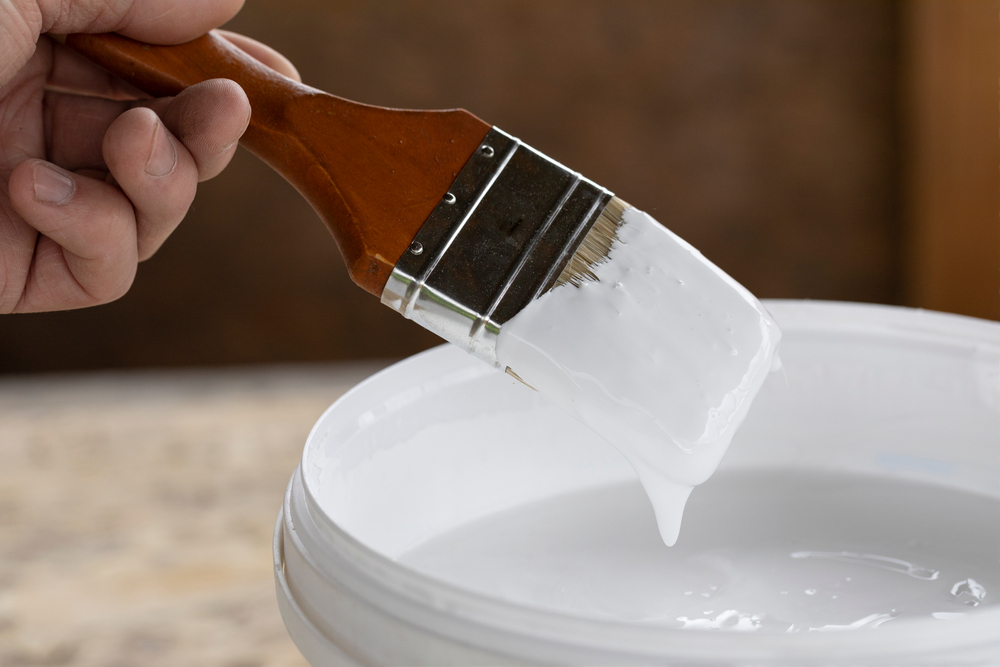
Opt for high-quality exterior paint designed for wood surfaces. Acrylic latex paints are a popular choice due to their durability and flexibility. Avoid paints that are not labeled for use on treated wood. The paint should provide UV protection to help extend the life of the wood.
Applying the Paint
Apply the paint using a brush or roller. Work with long, even strokes. Depending on the wood and paint type, multiple coats may be necessary. Let each coat dry thoroughly before applying the next. Be patient; rushing can lead to uneven application or a patchy finish.
Additional Surface Protection
For added protection, consider a sealant or topcoat. This step helps safeguard against moisture and prolongs the paint’s life. Choose a product compatible with your paint and suitable for outdoor use. Apply according to the manufacturer’s instructions.
Maintenance Tips
Regular maintenance extends the life of painted treated wood. Check for chips or peeling paint annually. Touch up any damaged areas to prevent further deterioration. Clean the surface regularly to remove dirt and mildew. A well-maintained surface looks better and lasts longer.
Safety Considerations
Always prioritize safety when working with treated wood. The chemicals used can pose health risks if inhaled or contacted in raw form. Wear gloves and masks during preparation and painting. Ensure the workspace is well-ventilated, especially when sanding or painting.
Environmental Impact
Consider the environmental impact when disposing of treated wood remnants. Some local regulations classify treated wood as hazardous waste. Research and follow proper disposal protocols to minimize environmental harm. Eco-friendly products are also available for those looking to reduce their environmental footprint.
Common Mistakes to Avoid
- Painting over damp wood, which can cause peeling.
- Skipping the primer, leading to poor adhesion.
- Using incompatible paint, resulting in a weak finish.
- Neglecting safety measures, risking health hazards.
Conclusion: Weighing the Benefits of Painting Treated Wood
Painting treated wood can greatly enhance its appearance and longevity when done correctly. By understanding the treatment process, choosing the right products, and following proper preparation techniques, a long-lasting finish is attainable. Each decision made during this process impacts the final result.

